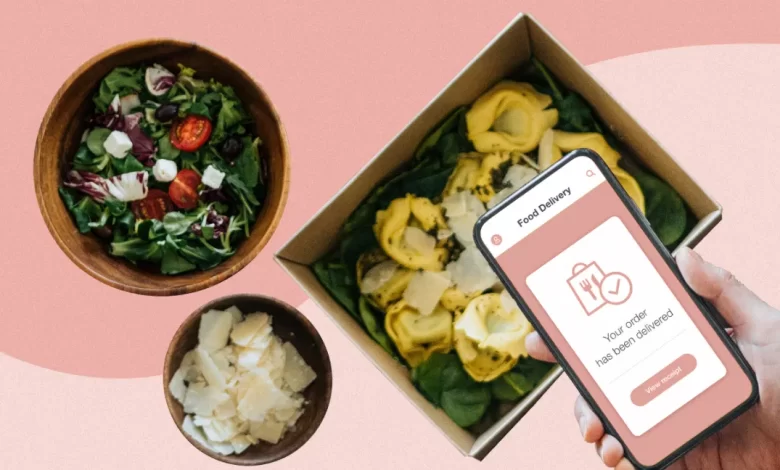How to Make a Food Delivery App

In 1994, Pizza Hut launched online ordering of pizza for the very first time. Since then, home delivery of food items has become a multibillion-dollar business. Today, hundreds of aggregator platforms are available all over the world. As a business, the online food delivery service has grown multi-fold over the past couple of years, driven by the restrictions imposed by governments to contain the spread of the coronavirus.
According to Statista, online food delivery revenues are expected to come in at $31,908 million in 2021 and grow at a 9.18 percent annual rate to reach $45,332 million by 2025. Further, studies show that for more than 58 percent of the users, convenience is more important than anything else. As such, this is by far the most appropriate time to invest in your own food delivery app.
Having said that, here is a step-by-step guide to help you make the best food delivery app for your business in Ahmedabad:
Step 1: Validation of your app idea
The first step in the development of a food delivery app is the validation of your app idea. There are few companies in the market already working in the domain. It is important to create unique features in your application to stand out from the competition.
At Zartek, we consult startups and organizations on the best way to launch a product and to find the product-market fit. It is best that you consult with one of the cross platform mobile app development company in Ahmedabad to clearly understand the viability of your app idea. A reliable app development service provider will guide you in the right direction.
Step 2: Choose the food delivery model that suits your business
There are two major types of on-demand food delivery business models in the market. They are:
Aggregator Model (Third-Party App)
This model allows users to browse through the menus of many different restaurants. Once the user creates an account, he/she can view the list of restaurants and reviews given by other users, make a choice, and order his/her favorite food. The aggregator model connects the restaurants and users. Zomato and Swiggy are examples of food delivery platforms that make use of the aggregator model.
Delivery/Logistics Service Model
In the aggregator model, the order fulfillment is handled by the restaurant. This is just perfect for large hotels and restaurants. However, it is harder for new and small restaurants to partner with aggregators and get listed on their app. This led to the emergence of the delivery service model around 2013. The platform is similar to the aggregator model, but the difference is that the app itself handles delivery. This model is profitable for start-ups as they are not required to maintain a delivery arrangement for the orders they receive. This helps them to significantly reduce their expenses.
The aggregator model helps established restaurants cut down on labor costs and focus more on food preparation. Besides, the aggregator model involves just two parties – the users and the restaurant. For the delivery service model, however, an additional platform needs to be developed for delivery services. Zomato is a good example of the delivery service model.
Step 3: Aggregator Model Requirements
The food ordering service needs to have three different apps:
Customer app
This is the app that users install on their smartphones to order nutritious food options from listed restaurants. It needs to provide the best user experience.
Admin app
Mainly this app’s design suits food delivery companies. It accepts customer orders, dispatches items, handles payments, and tracks orders through the integrated GPS tracking technology in real-time. It can be web-based software as well.
Delivery service app
This app serves the needs of the delivery service provider.
Step 4: Decide the features of your app
Whether you choose to build an on-demand delivery service app or a third-party Ahmedabad food delivery platform, it should have amazing features so that you can attract and retain customers. To understand the features incorporated in your app, it is a good idea to create an MVP first. You can then build your unique online food ordering and delivery app.
Step 5: Tech stack needed to build top food delivery apps
Your app needs to be highly functional and enable safe and secure payments, customer registrations, and provide analytics information to enhance the operational efficiency of your business. Moreover, the appropriate tech factors that help design the best UI and ensure a great UX need to be selected.
In conclusion, it is highly recommended that you choose a trustworthy mobile app development agency in ahmedabad to partner with if your goal is to build a top food delivery app. This is very important for the success of your business.





